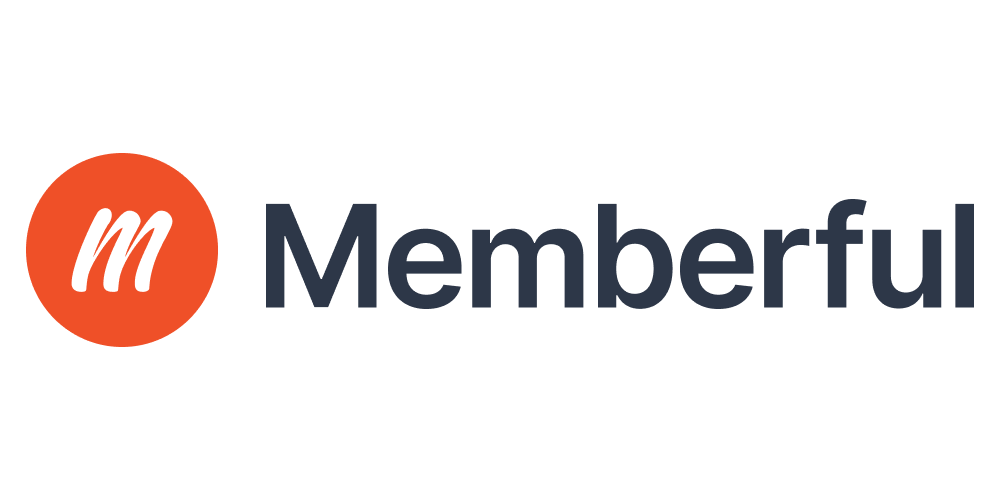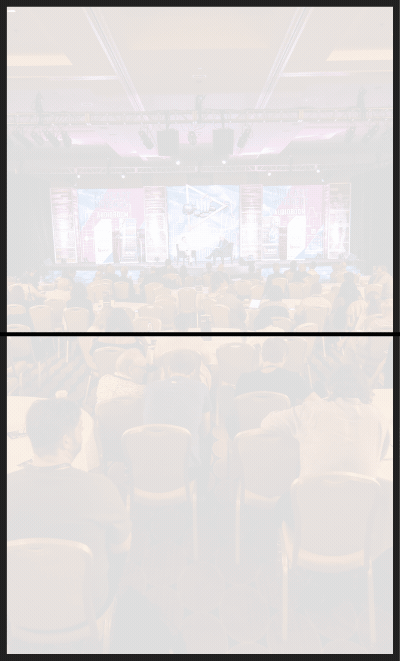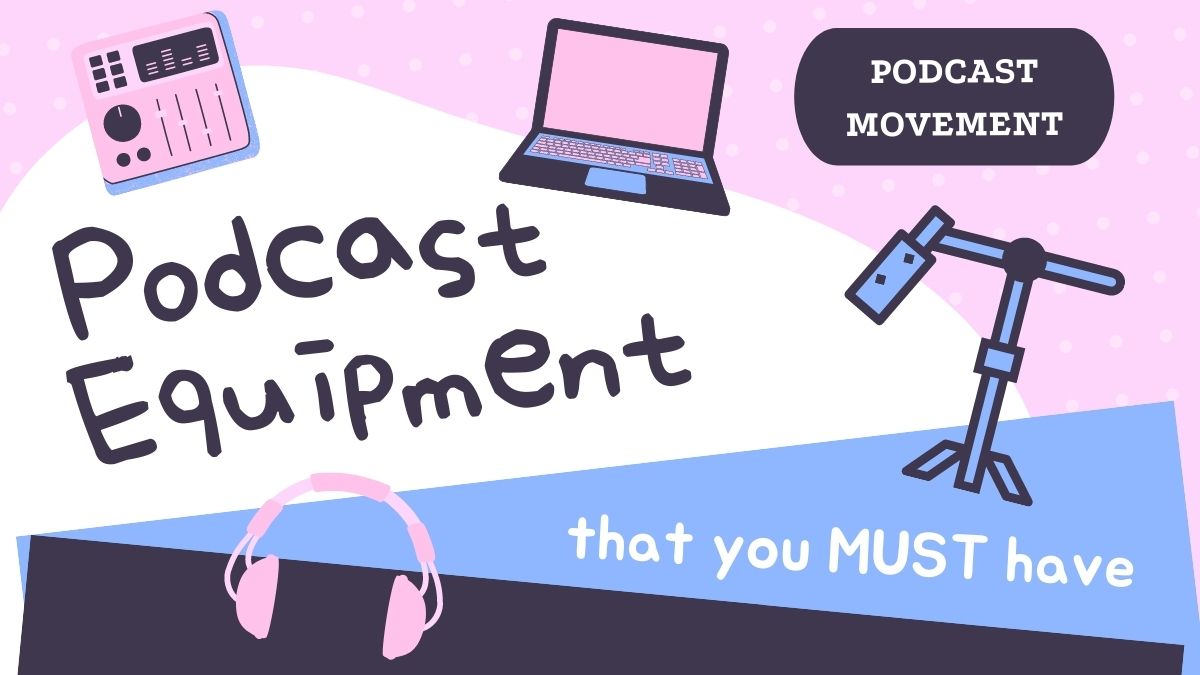
Presented by Memberful
It’s kind of fun to do the impossible.
Walt Disney
😵💫 The Paradox of Perfection
Perfection’s high-gloss shine impresses for its orderliness. Its polish. Its absence of imperfection.
Striving for perfection can help elevate your podcast’s quality, raise the ceiling of expectations, and provide an idyllic destination—even if that destination can never truly be reached.
But for all its value, achieving perfection misses a key point of creating in the first place: in imperfection, there is truth.
On the stop-motion animation film Pinocchio, Guillermo del Toro directed his animators to embrace imperfections. “One of the things we wanted to do was unnecessary gestures in animation,” said del Torro. “In live action, you beg for a mistake. You beg for a line reading that’s not expected.”
Subtle mishaps—like a character not closing a door and having to go back and close it again, or a slightly flubbed line of dialogue—color Pinocchio with humanity.
These moments reveal the flawed parts of ourselves we often edit out of the finished product. But if we open up to the idea of including these moments in our podcast, they can bring a human touch, a truth scrubbed from a “perfect” episode.
“If you animate the ordinary,” del Toro says, “you will achieve the extraordinary.”
When’s the last time you let an imperfection, a touch of the ordinary, into your podcast?
Ready to monetize your podcast? Sell exclusive access to your podcast, and build reliable, recurring revenue with Memberful.
Reward premium listeners with ad-free shows, bonus episodes, and more. Memberful seamlessly integrates into your podcasting workflow so members can easily subscribe to your private feed, directly in their favorite podcast players.
Get started for free!
🎙️ Signal Flow: Arielle Nissenblatt
Industry game changers and valiant minds from creative professions share their wisdom, adversities, and paths to innovation.

Arielle Nissenblatt has been working in the podcast space since early 2017, when she started a podcast recommendation newsletter called EarBuds Podcast Collective. Since then, she’s managed podcast studios in Los Angeles, worked as an in-app curator at Castbox.fm, completed a certificate in audio documentary studies from the Salt Institute, produced several podcasts, run successful marketing and PR campaigns, has organized podcast communities on Twitter, Discord, and Slack, and much more. She is on the community team at Descript, serves on the board of governors for The Podcast Academy, and is one of the founders of The Podcast Taxonomy.
I think stickers or QR codes are underrated at places where your ideal listener is likely hanging out. If you have a beer podcast, become friends with a nearby brewery and ask if you can put QR codes in their bathrooms. Or maybe you can sponsor their napkins for a month, then sponsor their coasters and koozies for a month. It doesn't necessarily have to be a monetary exchange. Maybe you give them shoutouts on your podcast, and in exchange, they put you in their newsletter.
Better social content is tough because even if you have the best social content, you may not see large-scale conversions from social to your podcast. And you might not even be seeing small-scale conversions.
Even if you are doing the bare minimum on social media—claiming your handles across all the platforms and writing the bio—and all you do is check it every once in a while to see if people are tagging you, and then maybe you retweet a few things or repost a few things, that's okay. Because it might not be doing that much more for you than if you hired somebody to do your social strategy for you.
Why do you want social media engagement in the first place? What's that gonna do? Something I come across a lot is, “I want more people to interact with me.” Why? Is it a vanity metric? Do you want to say you had a lot of people interacting with you? Is it so that you can have a lot of comments? Is it so that you can have a lot of likes? What's that really going to do for you?
If you want to make sure your social media looks good, because that contributes to an overall perception of you as a leader in your space, or somebody who puts great care into the creative output of their content, then I recommend some simple things like going on Canva and choosing a color and font scheme and sticking to that. You probably don't want more than two fonts in your images, maybe a serif and sans serif font.
Make sure your social posts aren't predictable. Because if your posts are predictable, people are just going to scroll right on by. I would also advise not posting just for the sake of posting. If you don't have something good to post, don't post at all.
An example of smart audience engagement is this podcast called How to Do the Pot. It's geared toward women interested in cannabis entrepreneurship, legal recreational consumption, medicinal uses, all that kind of stuff. What the host Ellen Scanlon does really well is she asks her listeners to call in with a two-to-five-minute voice clip sharing the first time they bought legal weed. She takes those stories and turns them into episodes for her show, and she can also repurpose them for social media.
People do judge podcasts by their covers, so before you release your cover art, run it by somebody and ask them, “What do you think this show is about?” Or “What do you think the tone of the show is?” I've seen podcasts that have animals on the artwork and it's supposed to be that the animal is representative of leadership. But who the hell knows that specific type of animal is representative of leadership?
You get a little bit more leeway once your show grows and you have a fan base, and they don't really care what you do. They just love you anyway. But when you're starting out, you’ve got to spoon-feed it to a certain extent.
If I ever feel like I don't have any ideas, I listen to How I Built This or something to do with entrepreneurship or creativity or science to give my brain a break.
When I first started working at Descript, one of our first tasks was to make a video within the app introducing ourselves to the company. Which is an awesome way to introduce yourself and show off your personality and your creative skills. And so right after that, I was like, holy crap, this is amazing. So then I started using it for everything. And I can use the playback speed to do my edits much faster. It’s just made everything unbelievably easy.
The big thing with Descript is that you can edit as if you're editing a Word doc. So it makes it very easy for people who are not familiar with waveform editors to edit. I also love the ability to remove filler words, or at least to identify filler words, because the ability to remove filler words is a big power.
I wasted so much time not using Descript. I would say that whether or not I worked here, it truly is a game-changer. I am technically a corporate shill, but I'm happily in my corporate shill era.
We’re all trying to grow our podcasts. But it’s tough. With that in mind, take this as a sign to go and listen to three new podcasts this week. Because if you go and discover three new podcasts, you are growing the pie of listeners, and that’s something we all need to do.
Further Exploration
Take a brain break with this video that’s pure joy from start to finish. Join Sangah Noona, a professional pianist, as she tries to figure out how to play “Rush E” on the spot. She offers a look into her creative process and the lessons she learns as she deconstructs a song that’s considered impossible to play.
ICYMI:
Enjoying The Noise Gate? Why not share it with a fellow podcaster?
Until next time, have a bold week.
– Doug
For advertising information, contact Kristy at kristy@podcastmovement.com








Join the Movement